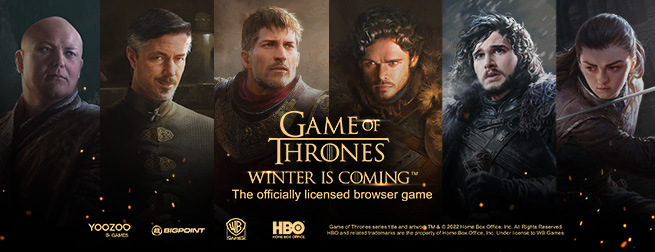-

0 -

22 -

853 -

1915
2826 plików
80,59 GB
 Foldery
Foldery Ostatnio pobierane pliki
Ostatnio pobierane pliki
- sortuj według:
- 174 KB
- 13 maj 13 7:30
zachomikowany
- 13,0 MB
- 13 maj 13 7:30
zachomikowany
- 205 KB
- 13 maj 13 7:30
zachomikowany
- 51,2 MB
- 13 maj 13 7:30
zachomikowany
- 185 KB
- 13 maj 13 7:30
zachomikowany
- 8,5 MB
- 13 maj 13 7:30
zachomikowany
- 0,6 MB
- 13 maj 13 7:30
zachomikowany
- 16,1 MB
- 13 maj 13 7:30
zachomikowany
- 212 KB
- 13 maj 13 7:30
zachomikowany
- 26,0 MB
- 13 maj 13 7:30
zachomikowany
- 180 KB
- 13 maj 13 7:30
zachomikowany
- 33,1 MB
- 13 maj 13 7:30
zachomikowany
- 200 KB
- 13 maj 13 7:30
zachomikowany
- 113,9 MB
- 13 maj 13 7:30
zachomikowany
- 51 KB
- 13 maj 13 7:30
zachomikowany
- 9,9 MB
- 13 maj 13 7:30
zachomikowany
- 185 KB
- 13 maj 13 7:30
zachomikowany
- 12,1 MB
- 13 maj 13 7:30
zachomikowany
- 226 KB
- 13 maj 13 7:30
zachomikowany
- 122,8 MB
- 13 maj 13 7:30
zachomikowany
- 247 KB
- 13 maj 13 7:30
zachomikowany
- 19,2 MB
- 13 maj 13 7:30
zachomikowany
- 176 KB
- 13 maj 13 7:30
zachomikowany
- 55,1 MB
- 13 maj 13 7:30
zachomikowany
- 381 KB
- 13 maj 13 7:30
zachomikowany
- 87,8 MB
- 13 maj 13 7:30
zachomikowany
- 359 KB
- 13 maj 13 7:30
zachomikowany
- 361 KB
- 13 maj 13 7:30
zachomikowany
-

526 -

590 -

22 -

0
1165 plików
28,37 GB
 Chomikowe rozmowy
Chomikowe rozmowy
 Zaprzyjaźnione i polecane chomiki (15)
Zaprzyjaźnione i polecane chomiki (15)























 Pokaż wszystkie
Pokaż wszystkie Pokaż ostatnie
Pokaż ostatnie











